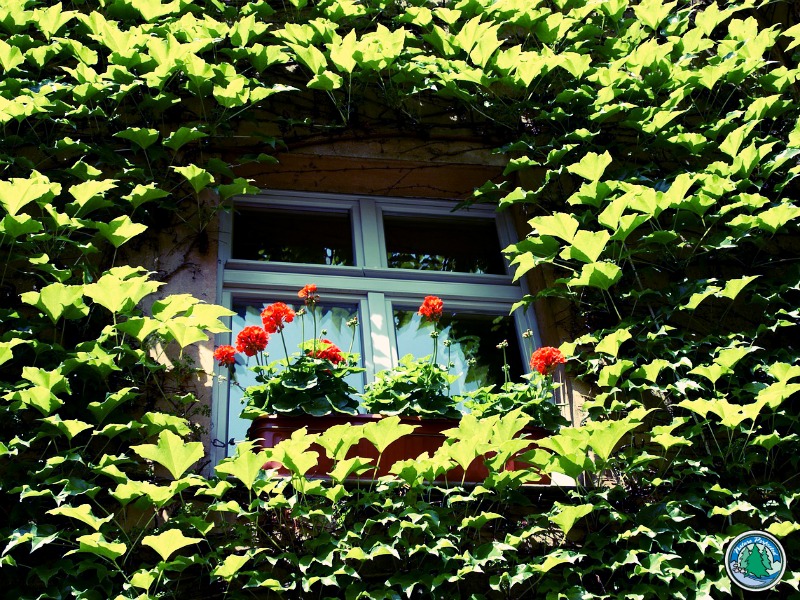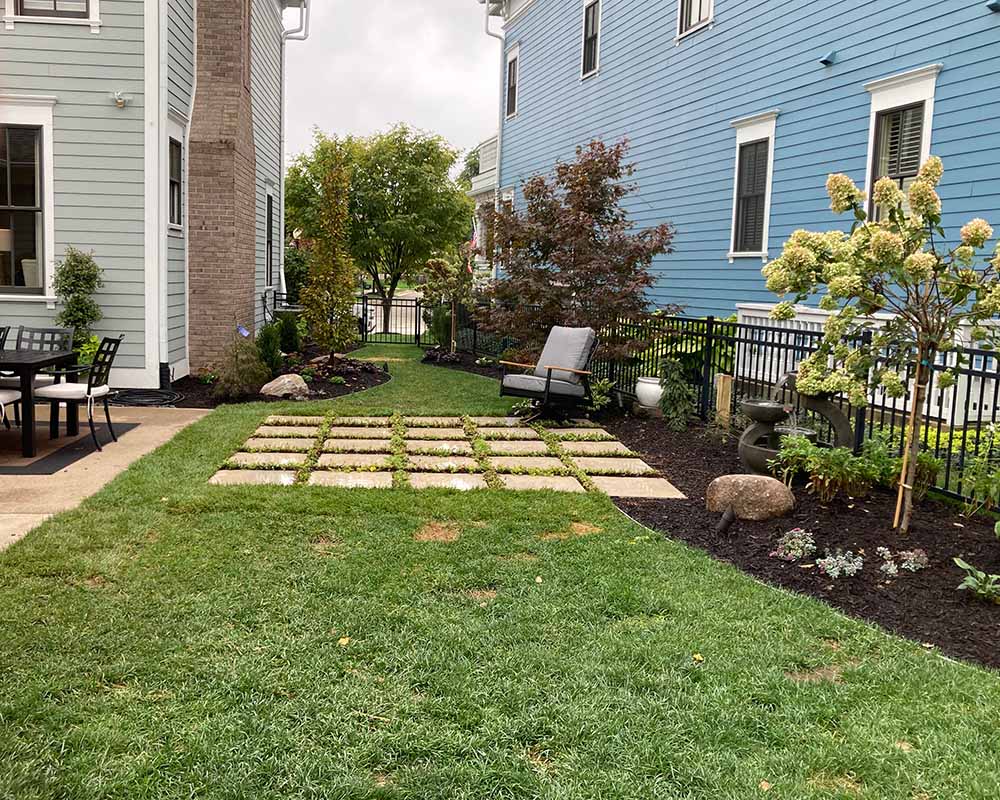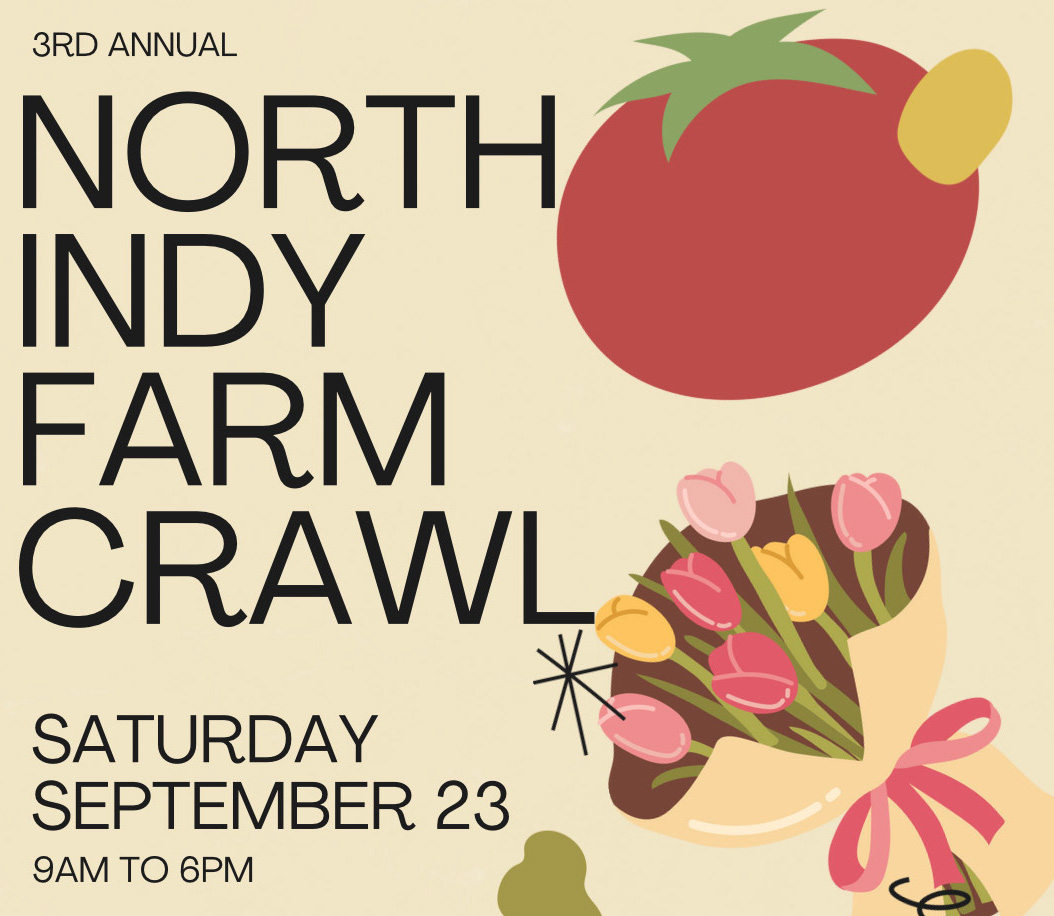Nature continually encroaches on yards from without and within, growing with wild abandon when conditions are right. Managing growth is the prime aim of pruning, not only to cut it back where it is overgrown, but also to encourage it in the right areas: blooms and upward-directed development in particular.
Why Prune?
Many trees, shrubs and flowers benefit from pruning—it improves their overall health and can help extend blooming periods.
Health
Plants are weighed down and drained of energy by sick and dead areas. Cutting these out is a large part of pruning. Incorrect or irregular growing habits can also be fixed by some expert pruning.
Blooming Period
Pruning can make some plants bloom sooner, though not every plant will benefit from an early blooming period. Some plants like to bloom on new wood, some on old wood, and there are other factors that determine pruning practices. A landscape professional should be contacted about when to prune flowering shrubs or trees.
Managing Growth
Cutting shrubs, bushes, and trees back so they don’t take over an area means your other plants have room to grow (and you have room to walk). Letting things go makes getting them back under control harder, and will prevent the rest of your landscape from reaching its full potential.
What to Prune
Many plant types should and can be pruned. Trees are especially in need of various kinds of pruning to keep them healthy and growing correctly. Many homeowners are more familiar with pruning deciduous trees, and neglect evergreens. These trees can indeed be pruned to their benefit, but they do not recover quite as well from heavy pruning. Evergreens should be cut back to the nearest branch piece by piece rather than in big hunks.
Pruning shrubs can keep them shapely, and helps with blooming. Some perennials can and should be pruned, especially when it comes to dead-heading. For flowers, seeds take a lot of energy to produce, so removing seed heads—even the healthy ones—is desirable in many cases.
Pruning Crimes
Pruning is not a common-sense job; experience and knowledge are required. As tree pruning experts, we see many trees that are frankly butchered. Tree pruning is best done by professional landscapers and gardeners. Lawn care professionals or tree cutters will not necessarily know the right procedures, and may use common trimming techniques that are actually harmful to trees. Topping and stubbing are two such practices that weaken trees, and make them look ugly as well! Another incorrect technique removes all the lower limbs from evergreens, so they look like top-heavy umbrellas. These three trimming practices are not true pruning methods, and we never recommend them.
The Benefits of an Expert Pruner
Pruning should be done with care and an understanding of when, how, and why it is done. Otherwise a plant can be ruined for years or permanently. You should always ask an expert and research each plant’s needs before grabbing your shears and clippers.
Read our tips on how to prune, or you can email or call our landscaping experts with your questions at 317-997-4803.
Eagleson Landscape Company provides landscape and hardscape services in the Greater Indianapolis area, including Carmel, Zionsville, Westfield, Fishers and Geist.






